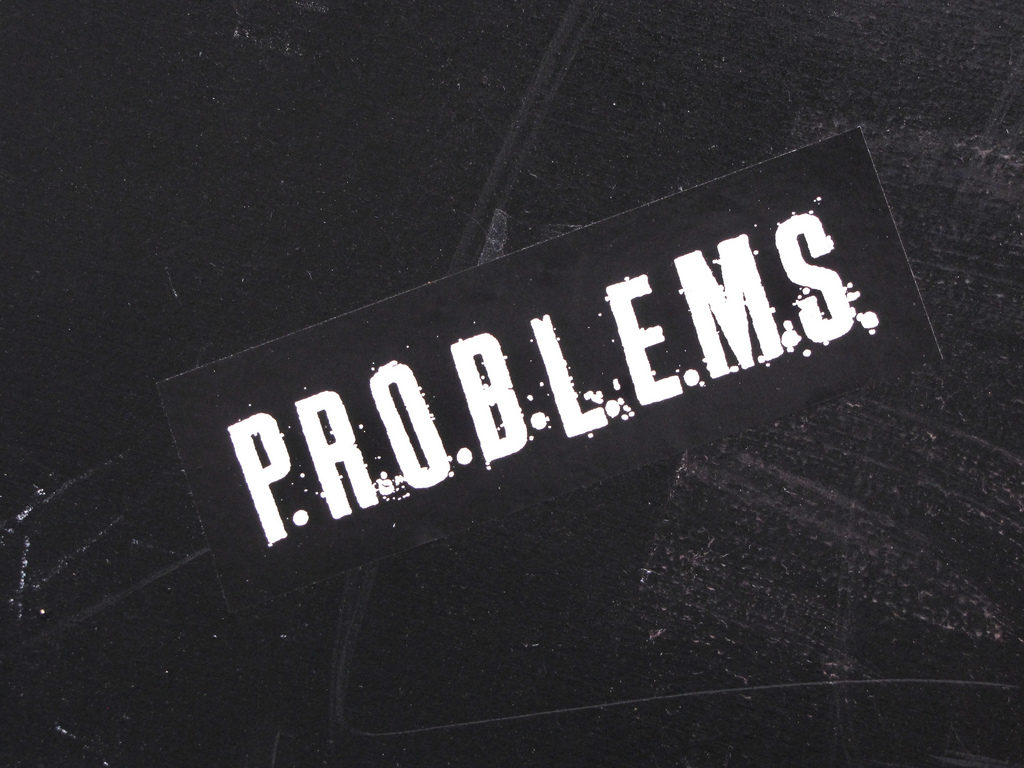
Have you been handed a work project or are facing a life situation that looks so intimidating you have no idea how you are going to handle it?
Lloyd Claycomb has plenty of experience in this area, as he has run his own business for decades. Working in the construction industry, there are challenges to overcome everyday.
If he turtled every time he was confronted with a problem, he wouldn’t be the success he has become in the present day.
Want to become a problem solving machine like Lloyd is? Follow the framework we have laid out below, and you’ll be well on your way to emulating his example.
1) Define the issue
You won’t be able to take effective action if you don’t fully understand the issue. Dive in and do the research on the problem that you need to solve, and your fear will melt away as you gather intelligence.
A lack of understanding breeds fear. Accumulating information breeds confidence and power. By trending towards the latter, you will have gone halfway down the road towards finding a solution.
2) Break it down into digestible segments
It is possible to eat an elephant – you just have to take it one bite at a time. This is the perfect analogy to embrace when you are facing down a massive work project or if you are trying to build a house from the ground up.
You can’t wave a magic wand and get 100 reports written – but you can start doing research to get the first one completed.
You can’t raise a home up in 24 hours – but you can break ground to make preparations to lay the foundation.
By laying out the steps from the start, you can define what comes next, which will allow you to lay out a legible road map which will lend clarity to whatever problem you are trying to solve.
3) Take action aggressively
Procrastination is the death of any process. On the other hand, aggressive action is the act that will launch your problem solving efforts into overdrive.
Movement begets more movement, which brings about results. The sooner you get moving, the quicker you can evaluate whether you are effecting real change.
4) Evaluate results
Once you have gotten your problem solving process on the move, it will begin generating data, which is also known as results.
Take the outcome of whatever happens, and view it through the lens of your desired end result. If the action is moving you towards the finish line, double down and continue charging forward.
If you are spinning your wheels or are moving backwards, figure out why you are stalling or regressing, and change your approach.
5) Apply lessons learned and adjust your efforts
As you get closer to the finish line, further examine your efforts. If there are things you can do to increase the efficiency of what you are doing, apply them to what you are doing so you can move forward with greater speed.
Once you have finished, do a postmortem where you can apply lessons to activities that you will perform in the future.